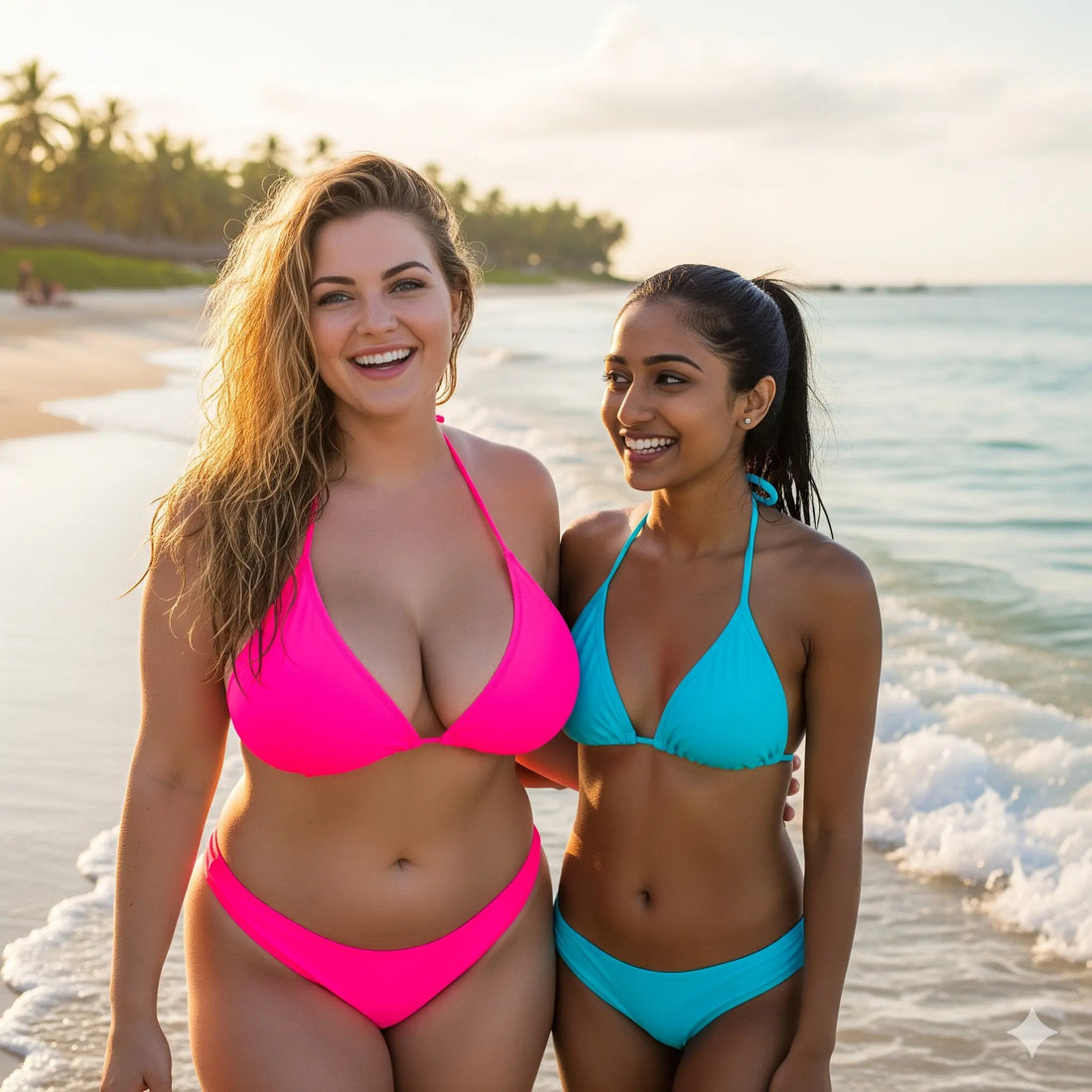
Differences between large and small breasts
Share
Breast size, whether large or small, has long been a subject of fascination and discussion across societies. The perceptions and societal value attached to different breast sizes are complex, varying significantly between cultures and evolving over time. These perceptions are often influenced by media, fashion, and deeply ingrained cultural norms, shaping both male and female perspectives.
Male Perspectives on Breast Size
Historically, male preferences for breast size have been extensively, and often reductively, discussed. In many Western societies, larger breasts have frequently been associated with femininity, fertility, and sexual attractiveness, a notion heavily amplified by media and pornography. This can lead to an often unconscious bias, where some men may perceive women with larger breasts as more "womanly" or sexually appealing.
However, these preferences are far from universal and are highly individual. Many men appreciate smaller breasts, finding them aesthetically pleasing, proportionate, and equally attractive. For some, the emphasis isn't on size but on shape, firmness, or simply the overall harmony with a woman's body. Furthermore, a growing number of men are rejecting societal pressures and valuing a partner's confidence and personality far above any physical attribute, including breast size. The "ideal" is subjective and diverse, reflecting individual tastes rather than a monolithic male preference.
Female Perspectives on Breast Size
For women, breast size can significantly impact self-esteem and body image. Those with larger breasts might experience a range of emotions. While some appreciate the traditionally feminine aesthetic, others may contend with physical discomfort like back pain, difficulty finding well-fitting clothing, or unwanted attention. Societal pressures can also lead to feelings of being overly sexualized or not being taken seriously in professional settings.
Conversely, women with smaller breasts may also face their own set of challenges. Some might feel less "feminine" or struggle with body confidence due to comparisons with media ideals. However, many women with smaller breasts embrace their body type, enjoying the ease of finding clothes, the comfort, and the ability to engage in physical activities more freely. There is also a growing movement among women to redefine beauty standards, promoting body positivity and self-acceptance regardless of breast size. The female perspective is deeply personal, often navigating a complex interplay of personal feelings, societal expectations, and lived experiences.
All Breasts are Beautiful
Ultimately, the conversation about breast size should always lead back to one crucial truth: all breasts are beautiful. The beauty of the human body lies in its incredible diversity, and breast size is just one small aspect of that. Cultural ideals and media portrayals can create narrow definitions of attractiveness, but these do not diminish the inherent beauty of any body type. What truly matters is an individual's comfort in their own skin, their self-confidence, and the respect they receive regardless of their physical attributes. Embracing this diversity enriches our understanding of beauty and promotes a more inclusive and accepting society.
